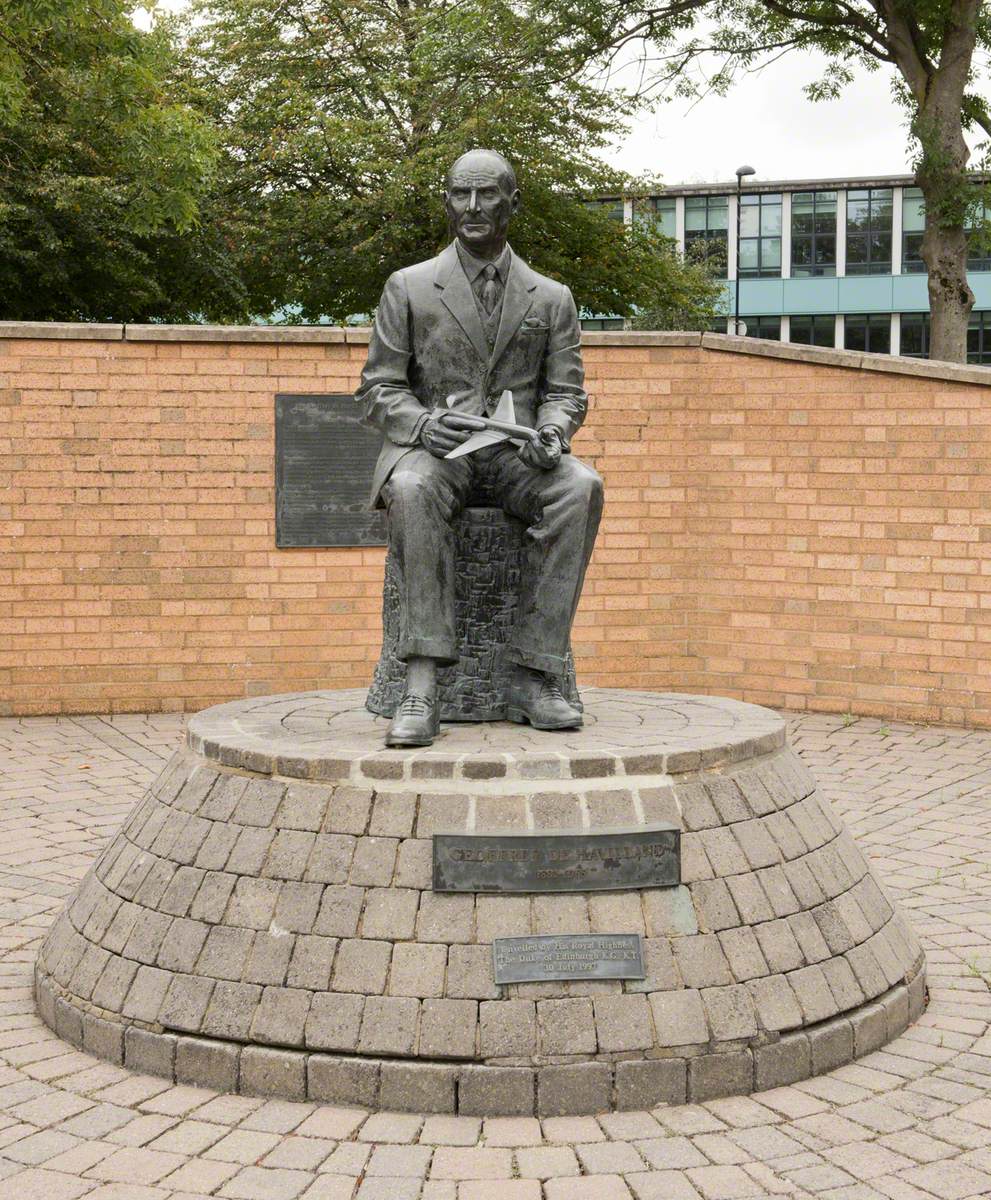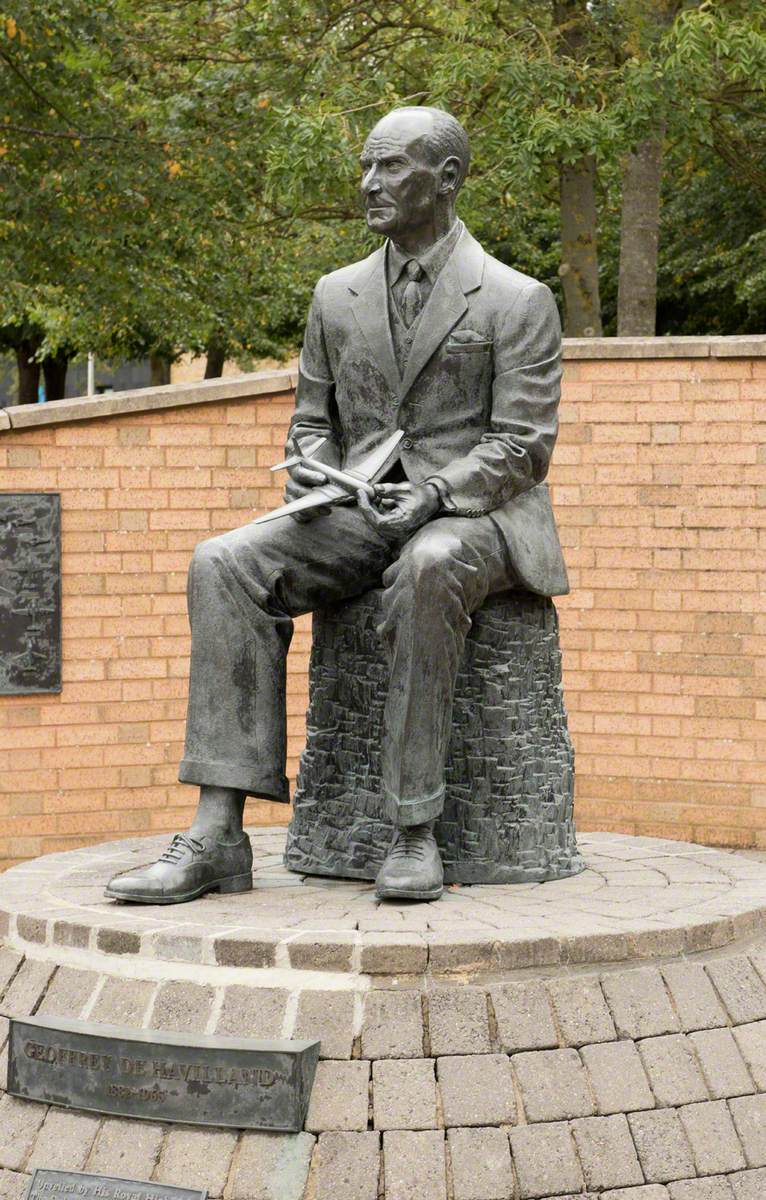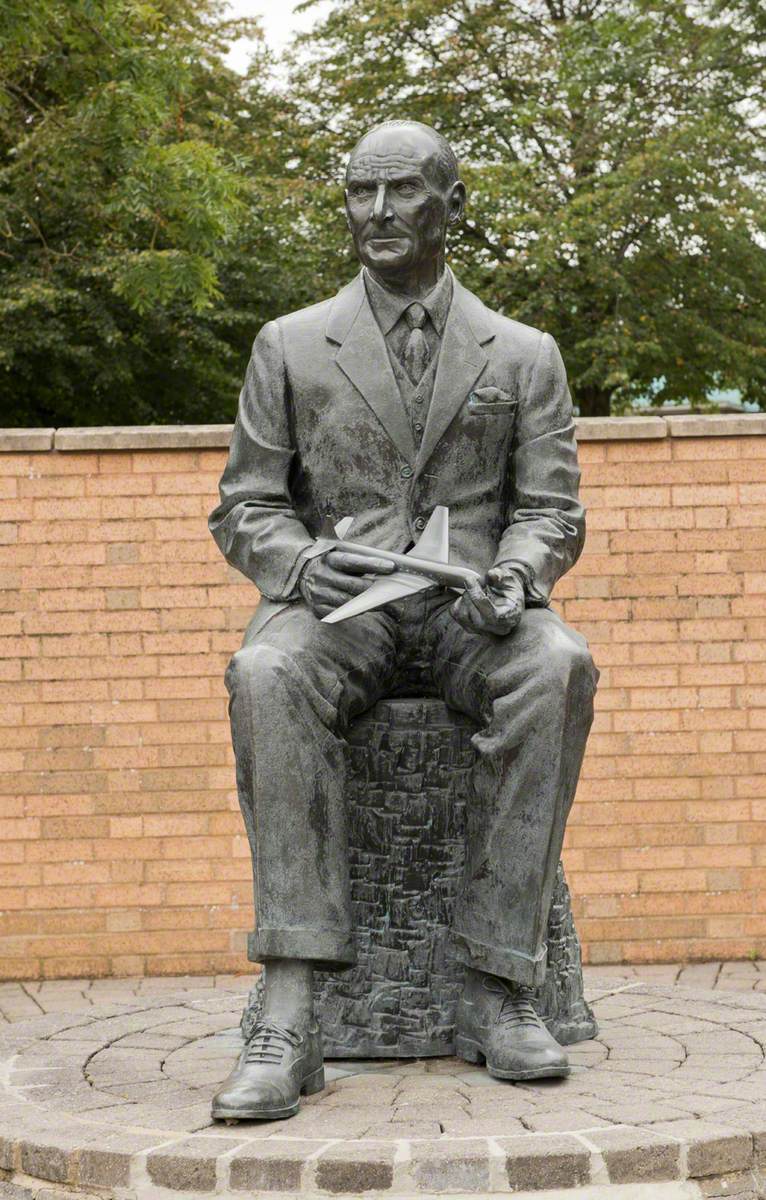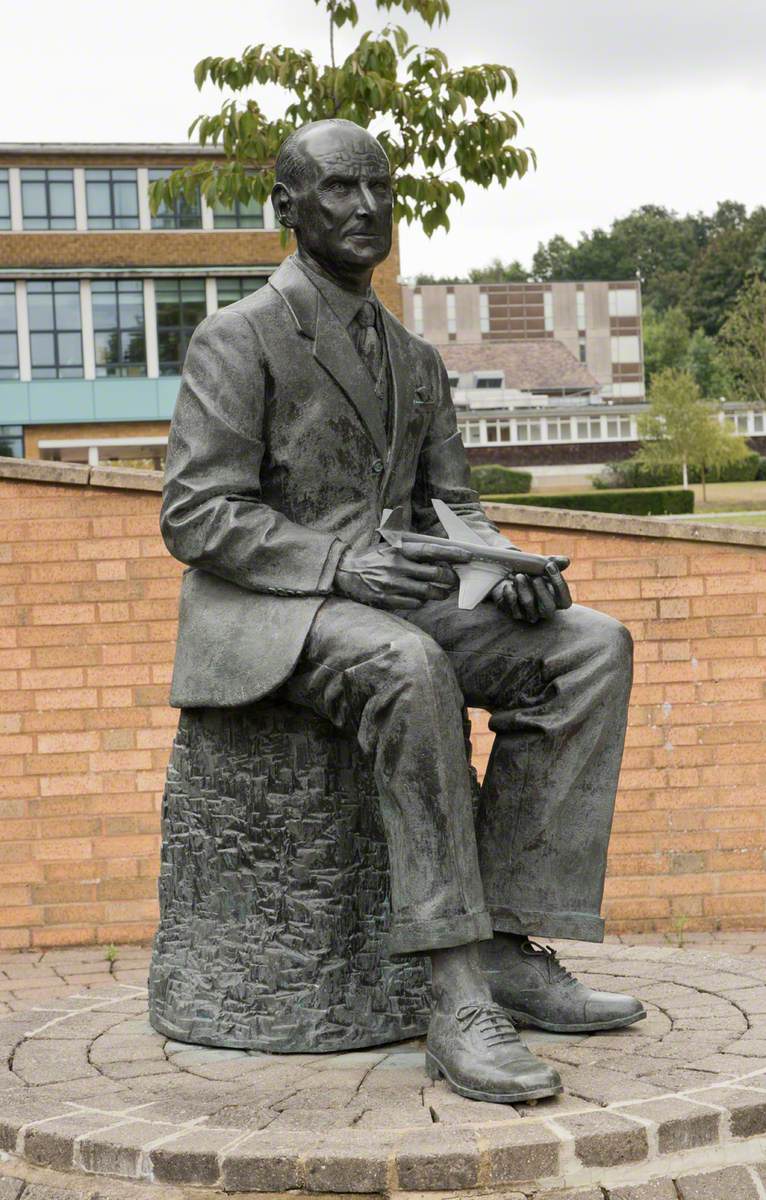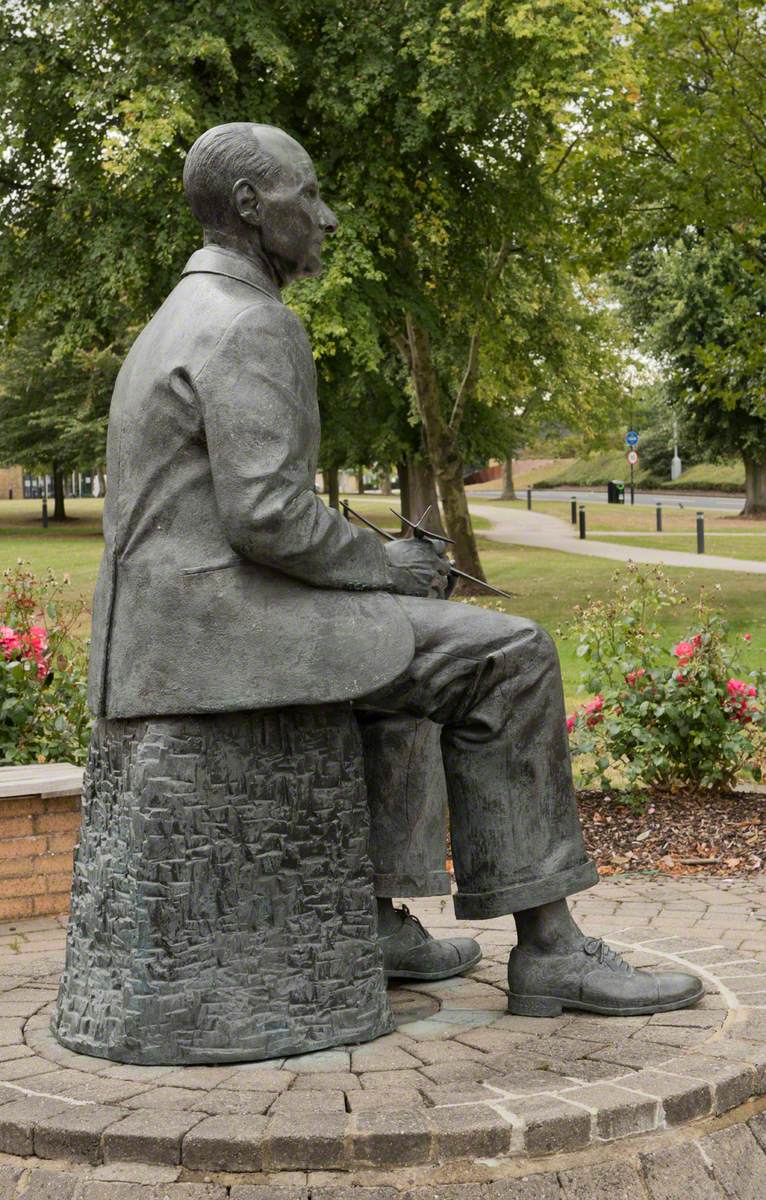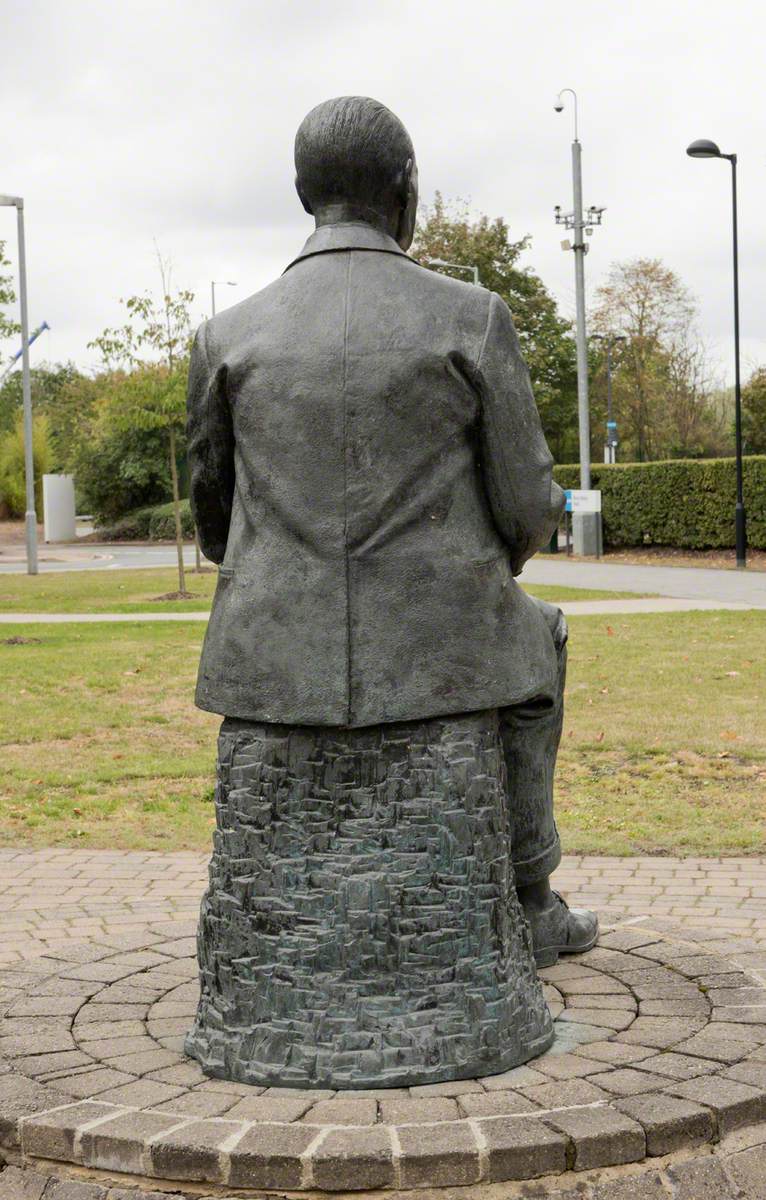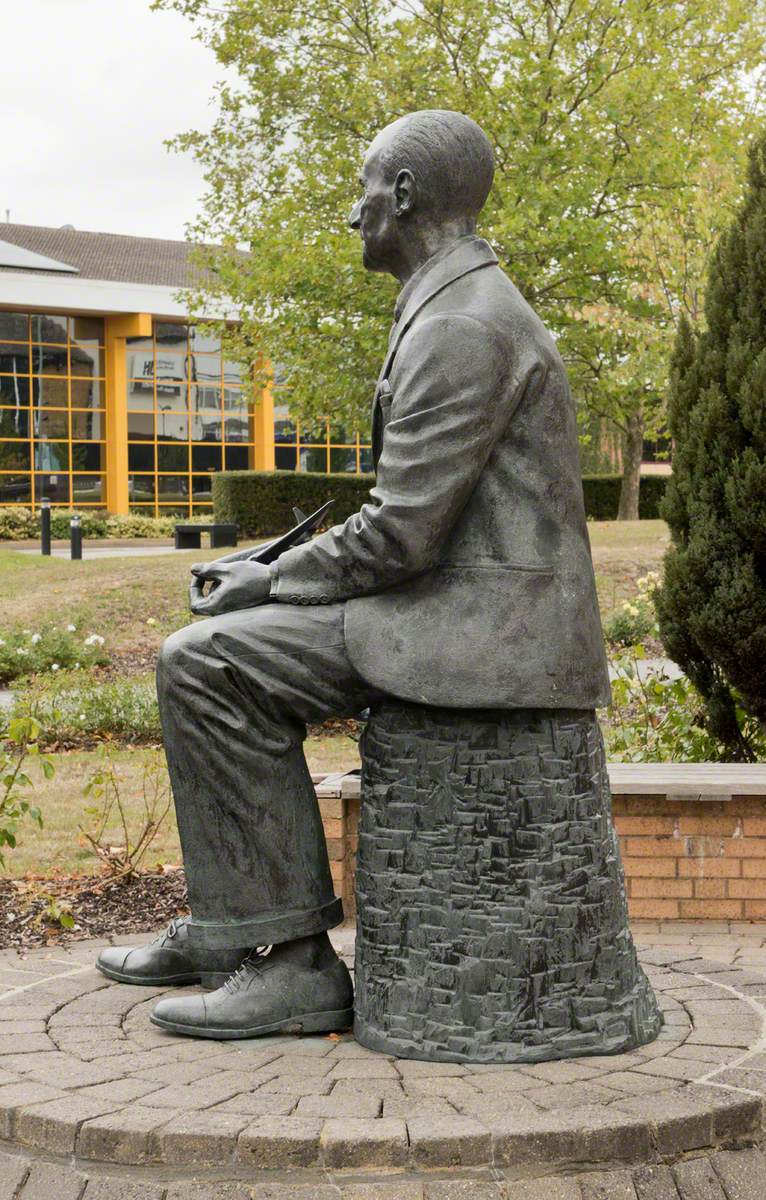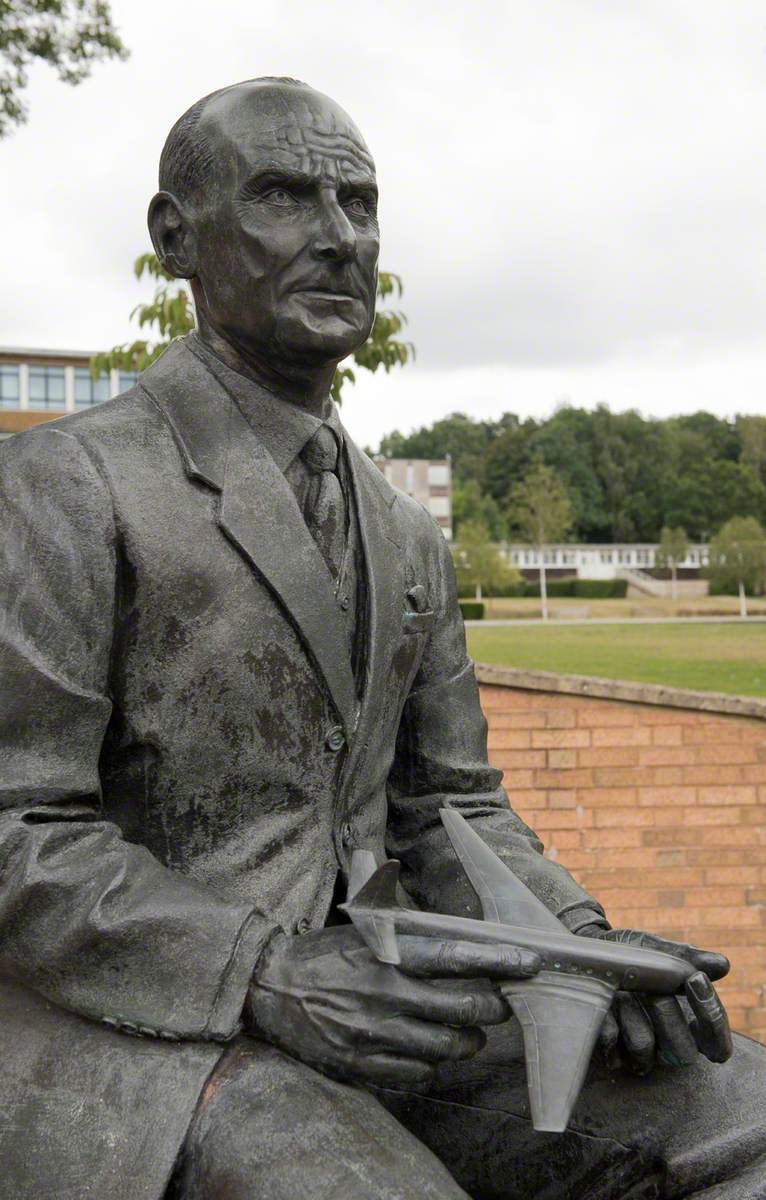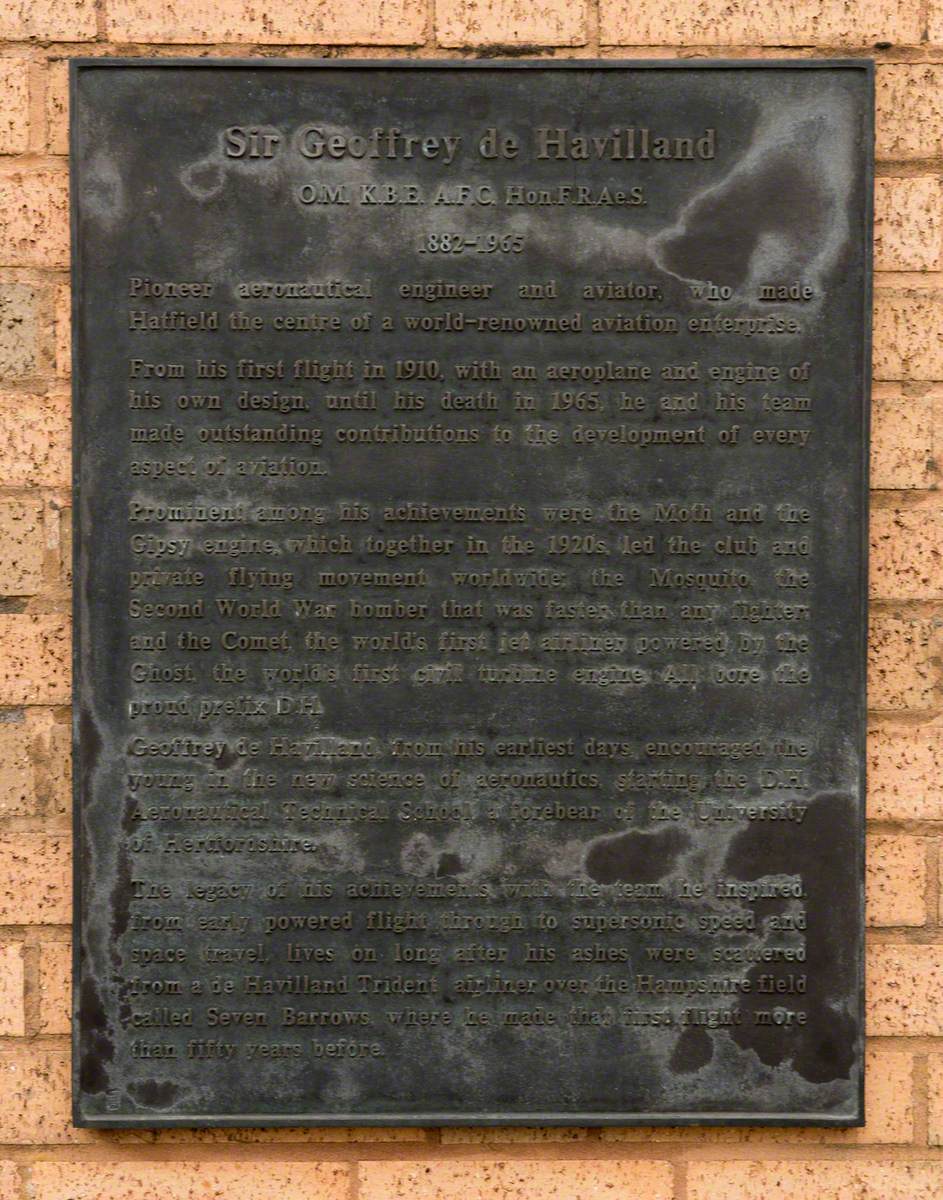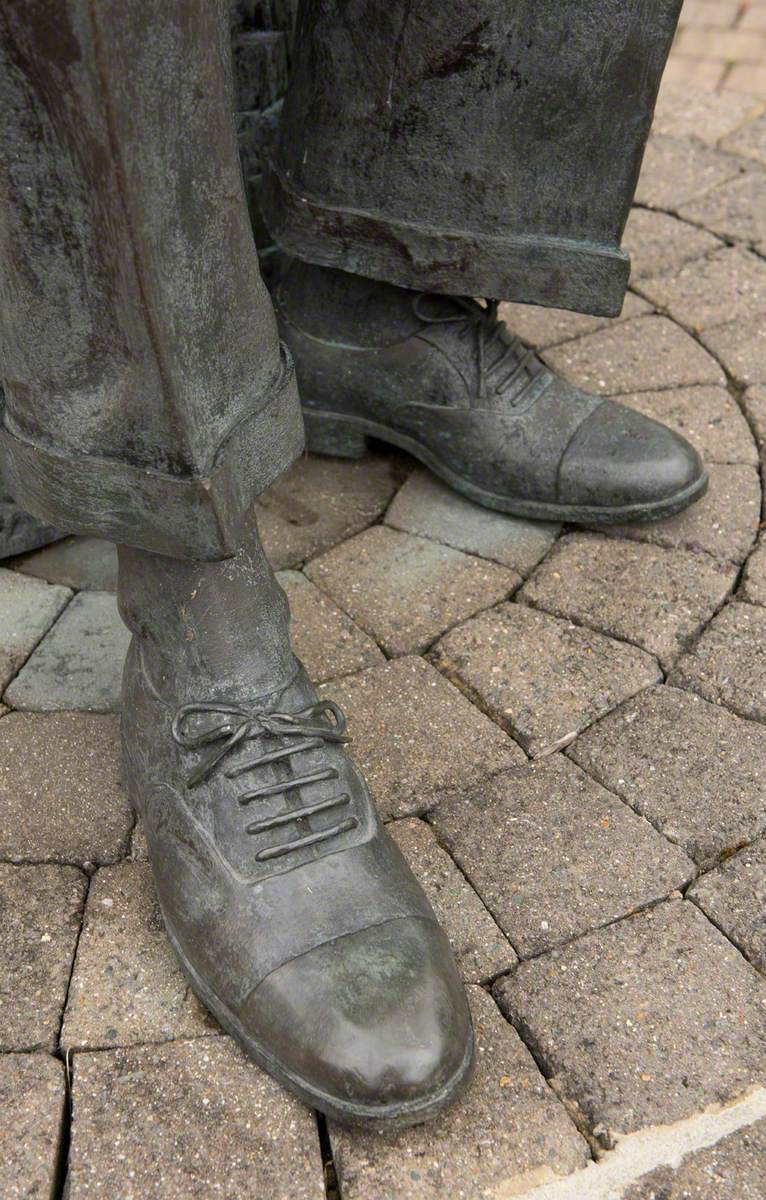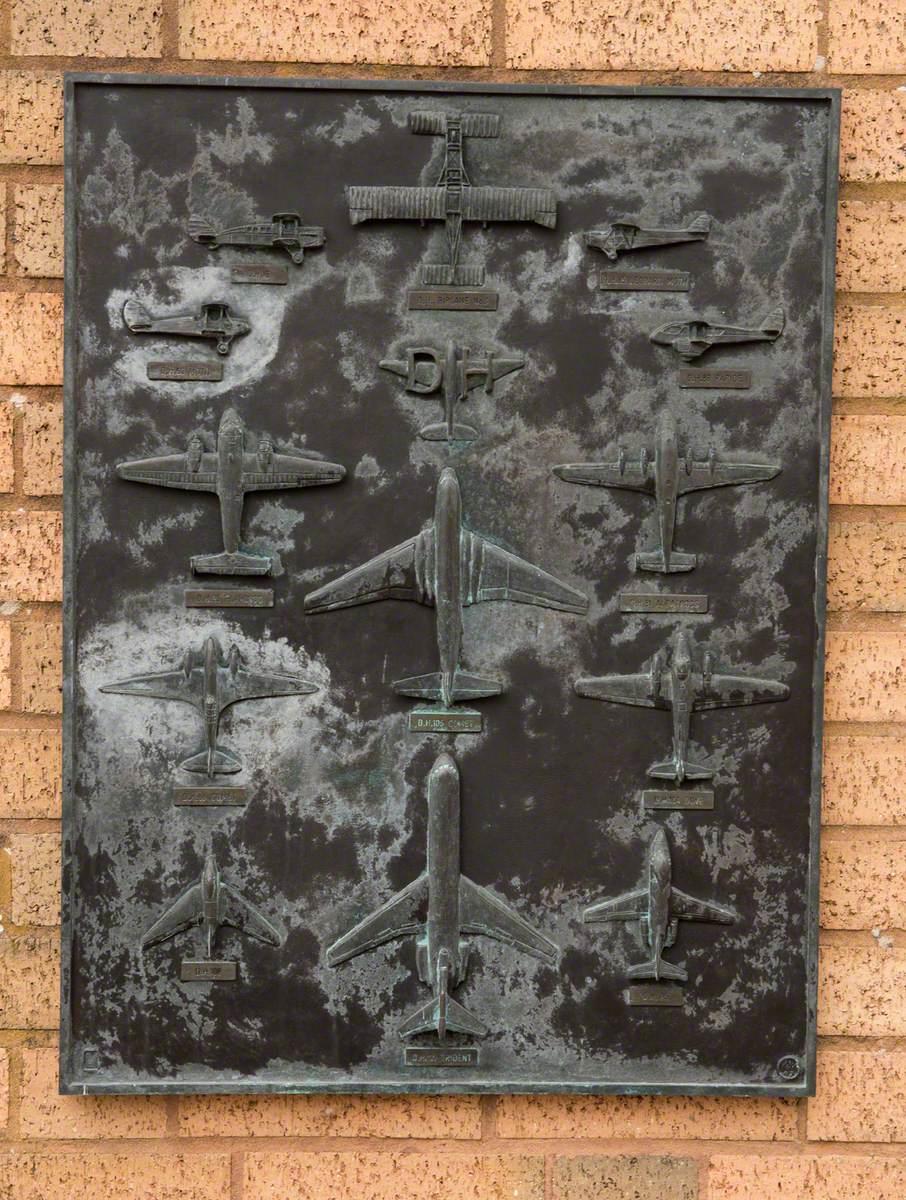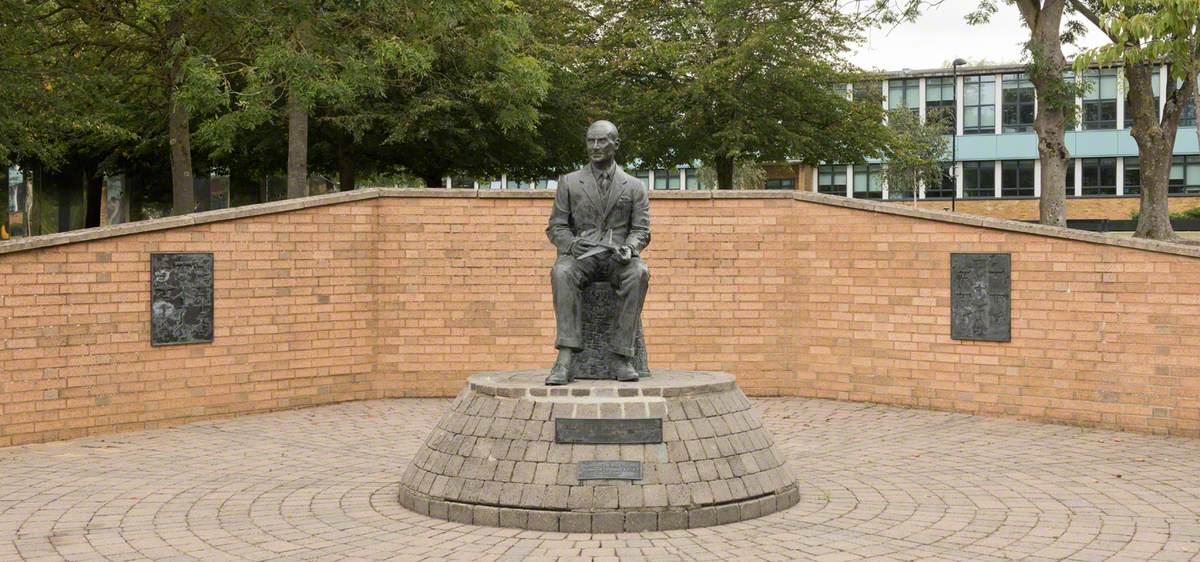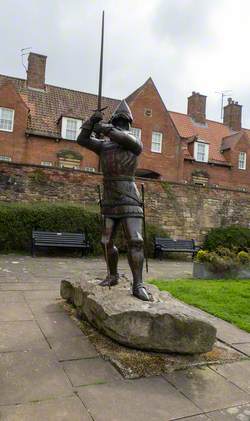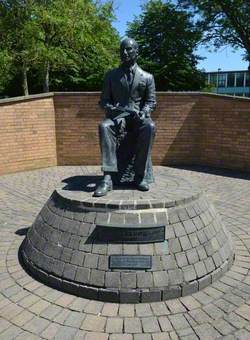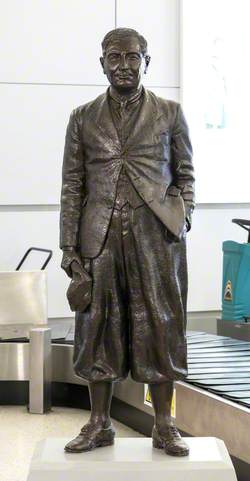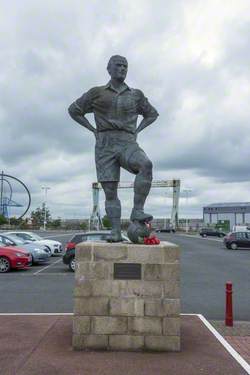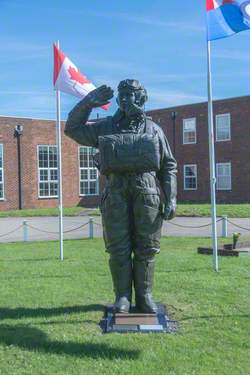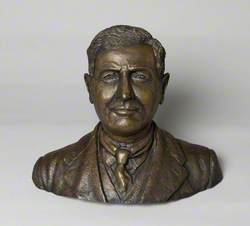How you can use this image
This image can be used for non-commercial research or private study purposes, and other UK exceptions to copyright permitted to users based in the United Kingdom under the Copyright, Designs and Patents Act 1988, as amended and revised. Any other type of use will need to be cleared with the rights holder(s).
Review the copyright credit lines that are located underneath the image, as these indicate who manages the copyright (©) within the artwork, and the photographic rights within the image.
The collection that owns the artwork may have more information on their own website about permitted uses and image licensing options.
Review our guidance pages which explain how you can reuse images, how to credit an image and how to find images in the public domain or with a Creative Commons licence available.
Notes
Add or edit a note on this artwork that only you can see. You can find notes again by going to the ‘Notes’ section of your account.
In 1951 the de Havilland Company gave land to Hertfordshire County Council for educational use as Hatfield Technical College. This life-size bronze statue was unveiled by HRH Prince Phillip, The Duke of Edinburgh in 1997. It accurately depicts Sir Geoffrey De Havilland within the conventions of traditional commemorative portraiture.
University of Hertfordshire
Hatfield
Title
Sir Geoffrey de Havilland (1882–1965)
Date
1997
Medium
bronze
Measurements
H 150 x W 64 x D 110 cm
Accession number
HERUH299
Acquisition method
commissioned by the University of Hertfordshire
Work type
Statue
Inscription description
Sir Geoffrey de Havilland O.M. K.B.E A.F.C Hon.F.R.Ae.S. 1882-1965 Pioneer aeronautical engineer and aviator, who made Hatfield the centre of a world-renowned aviation enterprise; on plaque: From his first flight in 1910, with an aeroplane and engine of his own design, until his death in 1965, he and his team made outstanding contributions to the development of every aspect of aviation. / Prominent among his achievements were the Moth and the Gipsy engine, which together in the 1920s, led the club and private flying movement worldwide; the Mosquito, the Second World War bomber that was faster than any fighter; and the Comet, the world's first jet airliner powered by the Ghost, the world's first civil turbine engine. All bore the proud prefix D.H. / Geoffrey de Havilland, from his earliest days, encouraged the young in the new science of aeronautics, starting the D.H. Aeronautical Technical School, a forebear of the University of Hertfordshire. / The legacy of his achievement, with the team he inspires from the early powered flight through to supersonic speed and space travel, lives on long after his ashes were scattered from a de Havilland Trident airliner over the Hampshire field called Seven Barrows, where he made that first flight more than forty years before. / Unveiled by His Royal Highness / The Duke of Edinburgh KG KT / 30 July 1997
